
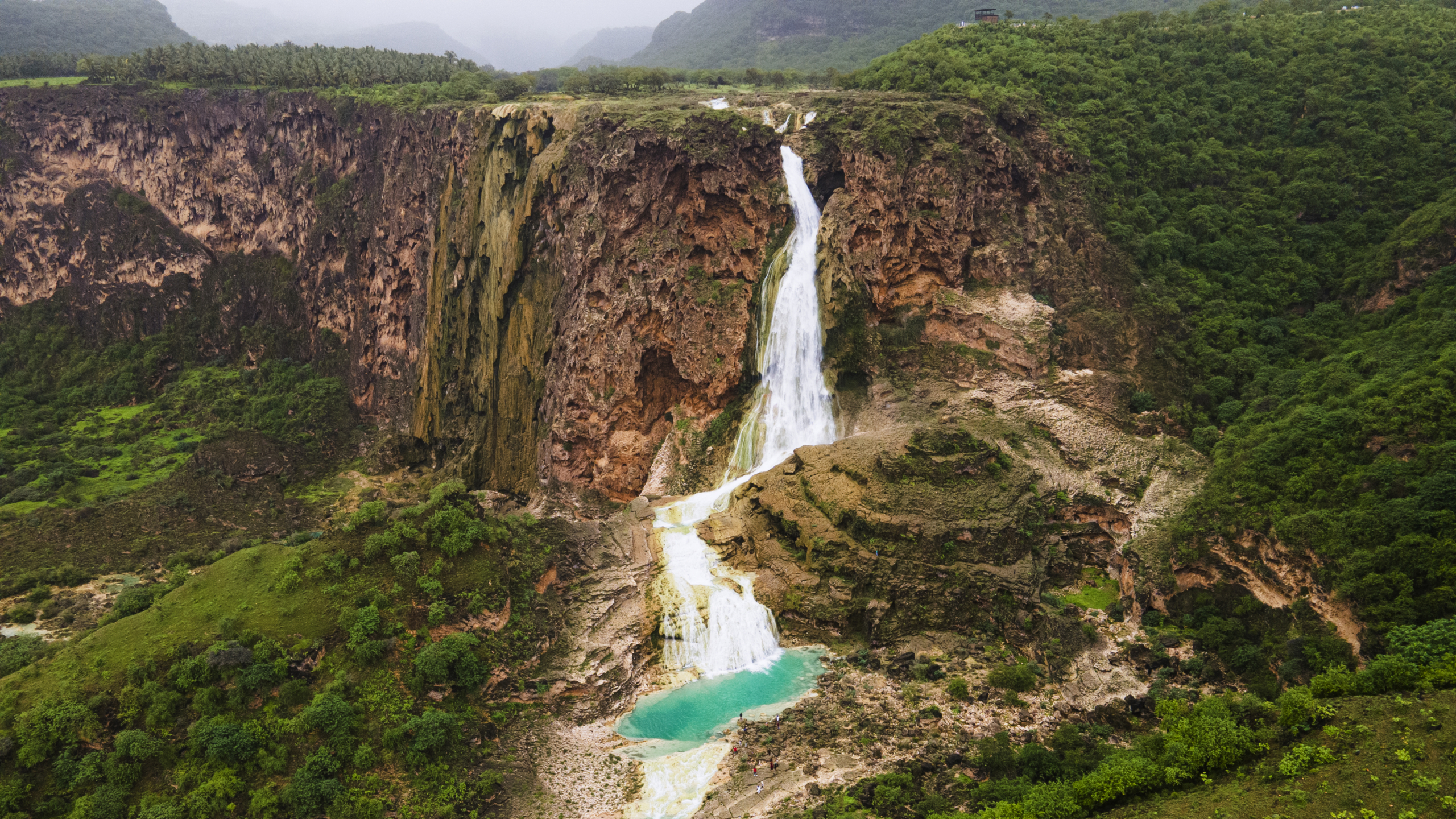
How to Experience the Best of Wadi Darbat Salalah: Tips and Insights
Weather considerations and preparations
The weather at Wadi Darbat changes substantially by season. Autumn brings light drizzles and mist that can limit visibility. The dry season offers clear skies, but waterfalls are less dramatic.
Here’s what I always pack:
- Weather-appropriate gear: Waterproof clothes for Autumn, sun protection for dry months
- Proper footwear: Shoes with good grip
- Temperature-specific items: Light layers for morning cold, protection from afternoon sun
- Emergency supplies: Extra water and basic first aid kit
The misty Khareef season creates magic in the air, but some activities become tricky. Flexible plans work best, especially during monsoon months when the weather shifts quickly.
Essential Activities at Wadi Darbat
My countless visits to Wadi Darbat have taught me that its true magic lies in the variety of activities. Let me share my favorite experiences that make this destination special.Waterfalls tumble down limestone cliffs into a lush valley, while emerald pools mirror the sky above. This natural wonder is Wadi Darbat Salalah, one of Oman’s most breathtaking landscapes.
My many trips to Wadi Darbat Salalah showed me that this verdant oasis is nowhere near just a scenic spot. Each visit uncovers new secrets of this remarkable place, from misty morning boat rides to afternoon walks along ancient paths.
Let me share a detailed guide about experiencing Wadi Darbat Salalah. You’ll learn about the perfect times to visit, activities you shouldn’t miss, the best photography spots, local traditions, and safety tips that will help you make the most of your journey through this natural paradise.
Planning Your Perfect Visit to Wadi Darbat
My trips to Wadi Darbat Salalah in different seasons taught me that the right timing can make your visit truly special. Let me share what I’ve learned to help you plan an amazing trip.
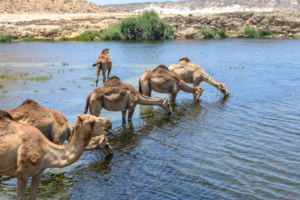
Best seasons to visit
The Autumn season (June to September) gives you the most breathtaking views at Wadi Darbat. Nature reshapes the scene into a green paradise with cascading waterfalls and rich vegetation. Temperatures stay mild at 20-25°C, which makes outdoor activities enjoyable.
The dry season (December to April) attracts smaller crowds. You might see less greenery, but the stunning blue pools are clearer, and wildlife spotting becomes easier. February and March are my favorite months because the weather is perfect for exploring and hike.
Time of day recommendations
My experience shows that early morning visits work best at Wadi Darbat Salalah. Getting there right after sunrise means:
- A peaceful atmosphere with few visitors
- Perfect lighting to take photos
- Comfortable temperatures
- Active wildlife that’s easy to spot
Waterfall viewing spots
A magnificent waterfall stands as the crown jewel of Wadi Darbat. It cascades about 100 meters from a towering cliff. My explorations have led me to two prime viewing locations, each offering unique experiences. The upper viewpoint gives you a panoramic view of the falls. You can reach it through a newly developed picnic area with paved roads and convenient parking. The lower viewing area suits adventure seekers better. Here, you can feel the raw power of water as it crashes into the tranquil pools below.
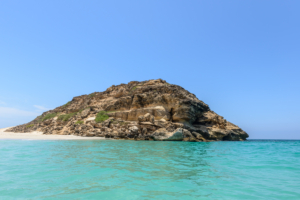
Boat rides and water activities
The serene boat rides on the year-round spring-fed lake have become my favorite way to experience Wadi Darbat.
Paddle boats appeal to me most because they let me set my own pace while I explore the crystal-clear waters. Safety tip: You should always wear the provided life vests, whatever your swimming ability.
Hiking trails and viewpoints
Hiking at Wadi Darbat remains a highlight of my visits. The 2.73-mile leisure trail suits me perfectly with its comfortable elevation gain of 157 feet. This trail weaves through a variety of landscapes – from wooded pastureland to verdant palm groves.
The best views come from the trail that leads from the boat rental area upward through less-visited pools. The path challenges you at times, but the panoramic views of the valley make every step worth it. Local wildlife often crosses my path, adding surprise elements to each experience.
You should wear appropriate footwear – a lesson I learned the hard way during my first visit. The terrain gets slippery, especially during the Autumn season when constant drizzle turns the paths muddy.
Photography Guide to Wadi Darbat
My passion for photography has led me to spend countless hours capturing the magical beauty of Wadi Darbat through my lens. Here are my field-tested photo tips to help you create stunning images of this natural wonder.
Best photo locations
The Travertine Curtain stands as my favorite spot with its dramatic 150-meter-high cliff face that creates breathtaking compositions. My best shots have come from these prime spots:
- The lower canyon viewpoint shows the full scale of waterfalls
- Crystal-clear pools near the spring give perfect reflections
- Adgharian Waterfall viewpoint (17.129157, 54.456739) reveals unique views
- The upper plateau opens up sweeping valley vistas
Pro tip: The Autumn season lets me capture the beautiful dance between mist and sunlight that makes photos truly special.
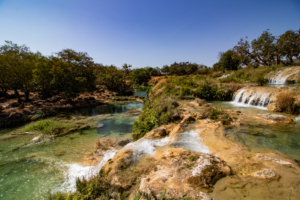
Camera settings and equipment tips
My successful shots at Wadi Darbat rely on these optimal settings:
|
Scenario |
Aperture |
ISO |
Shutter Speed |
|
Waterfalls |
f/4.5 |
80 |
1/250 |
|
Landscape |
f/8 |
100 |
Variable |
|
Wildlife |
f/5.6 |
400 |
1/500 |
A polarizing filter is essential in my kit to improve water clarity and cut down glare. Early morning light works best for waterfall shots, especially when sunlight doesn’t hit the water directly.
Drone photography guidelines
Drone photography can capture spectacular aerial views of Wadi Darbat. Here are my essential flying practices:
- Keep your drone within visual line of sight
- Pick times outside peak visitor hours
- Stay away from wildlife and other visitors
- Look for unique compositions in the network of waterfalls and pools
Note that local regulations can change with seasons, so check before launching your drone. My experience shows that early morning flights provide stable conditions and perfect lighting for aerial shots.
Cultural and Natural Significance
My time at Wadi Darbat Salalah has shown me that this natural wonder means much more than its beautiful landscapes. Its influence extends way beyond the reach of its stunning views.
Local traditions and customs
The legendary Omani hospitality stands out as the highlight of any visit to Wadi Darbat. Local families have welcomed me warmly with their traditional halwa (a special Omani dessert) and kahwa (Omani coffee). The wadi becomes a favorite spot for families to gather, especially during the Autumn season. The air fills with grilled meat aromas and children’s happy sounds.

Flora and fauna spotting
Wadi Darbat’s biodiversity takes your breath away. The area teems with amazing wildlife:
|
Category |
Species Found |
|
Birds |
Gray-headed Kingfisher, Arabian Wheatear, African Paradise-Flycatcher |
|
Trees |
Baobab, Endemic Anogeissus dhofarica |
|
Mammals |
Arabian Leopard, Arabian Tahr, Rare Genetta Felina |
The sort of thing I love is how the wadi’s unique microclimate supports both African and Arabian species. My morning walks often reveal migratory birds that have made this lush valley their temporary home.
Historical importance
The rich history of Wadi Darbat never fails to amaze me. This area played a vital role in ancient times, especially when you have the frankincense trade era. The nearby ruins of Sumhuram city tell incredible stories about this region’s commercial importance. I often visit these ruins after exploring the wadi.
The valley’s cultural heritage lives on through:
- Ancient cave systems that once sheltered local communities
- Traditional cattle husbandry practices that continue today
- Historic trade routes that connected this region to distant lands
Wadi Darbat blends natural beauty with living history naturally. The permanent settlements around the wadi maintain their traditional lifestyle. They focus on cattle husbandry and create a living museum of Omani cultural heritage.
Practical Tips and Safety Measures
My adventures at Wadi Darbat Salalah taught me that safety comes first. Let me share some valuable lessons about getting ready and staying safe that I picked up along the way.
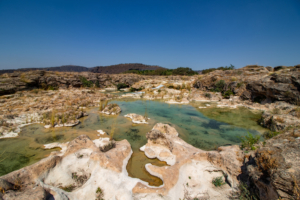
What to bring and wear
After lots of visits, I’ve got my packing list down to a science. Here’s everything you need:
|
Category |
Items |
|
Clothing |
Comfortable walking shoes, conservative attire, hat |
|
Protection |
Sunscreen, mosquito repellent, waterproof gear (during Autumn ) |
|
Supplies |
Water bottles, snacks, small backpack |
|
Extras |
Toilet paper, waterproof phone case, binoculars |
Pro tip: Pack extra mosquito repellent because these bugs love hanging around the water.
Safety precautions around water
The most significant advice I can give about Wadi Darbat’s waters comes from what I’ve seen and what locals have taught me. Swimming is strictly prohibited in all areas of Wadi Darbat, whatever your swimming skills might be. Two major risks make this rule necessary:
- Dangerous water currents that have taken lives
- Presence of schistosomiasis, a parasitic disease native to the area
Boat rides need everyone to wear life vests and listen carefully to what the operator says.
Local regulations and guidelines
Wadi Darbat manages to keep excellent facilities while enforcing strict rules that protect visitors and nature. You’ll find:
- Designated family rest areas with special spaces for women
- Clean, well-kept restrooms
- Well-organized parking zones
- Food kiosks and souvenir shops
My checklist for a safe visit includes:
- Checking weather updates, especially during Autumn
- Using marked parking spots only
- Watching kids closely near water
- Sticking to marked paths
- Keeping the area clean
Local authorities keep an eye on everything, especially when it gets busy. Their presence always makes me feel safe, knowing help is right there if we need it.
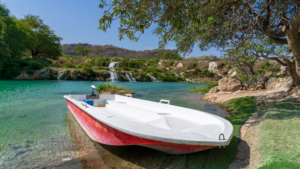
Conclusion
Wadi Darbat Salalah is more than just a stunning landscape, as I’ve learned from my many visits. This green valley creates an unforgettable destination where breathtaking waterfalls, rich cultural heritage, and diverse wildlife come together. The experience becomes even better with careful planning and respect for local customs.
Your memorable Wadi Darbat experience depends on perfect timing. Choose between the lush Khareef season or the clearer dry months, and prepare well for the conditions. My adventures have taught me that the most rewarding experiences come from following safety guidelines, protecting the environment, and embracing local traditions.
Each visit to Wadi Darbat shows you something new. This piece will help you find your own special moments in this remarkable corner of Oman. You can enjoy misty morning boat rides or capture spectacular sunset photos that will stay with you forever. All it takes is one click to change your view forever Book Now!
